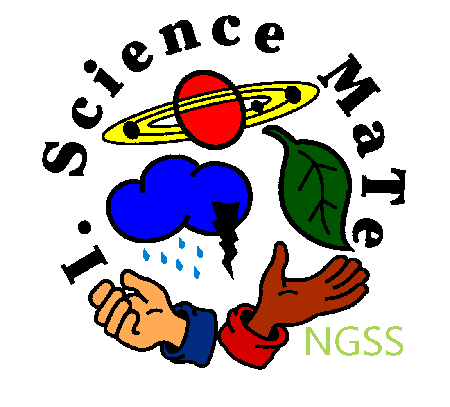|
|
|
| Understanding the
difference amongst weather, climate, and climate change can be confusing.
These units helps the student compare current weather over 7 months
and see how it fits a climate change model. This will include
creating data charts of information of a weather station, other internet
sources and challenge the students to develop their own conclusions. The
long term projects alows students to
collect data over 6 months and compare it with the past 10 years |
|
